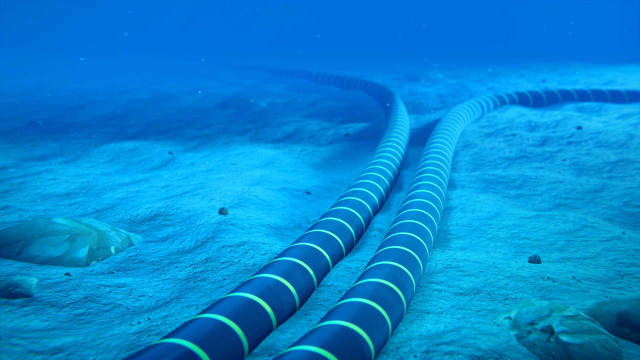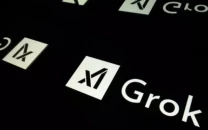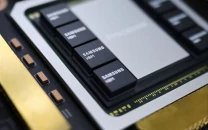Google's Vijay Vusirikala explains subsea cables
Subsea cables help transfer data and emails on the internet

Internet data is transmitted via 400 subsea cables all around the planet, under ocean waters. Google owns 19 of these cables working with telecommunication providers and other companies and is actively working to effectively improve its services using these.
In an interview published by Google's blog, The Keyword, Google Cloud's Vijay Vusirikala talks about what subsea cables are and how much of the internet is connecting people together underwater.
Subsea cables run along the ocean floor to transmit information, containing thin optical fibers surrounded by several layers of protection like high-strength steel wires, water-blocking structures, and copper sheaths. The layers of protection help ensure the cables remain durable and are able to handle the pressure of the ocean water on top of them. The chemicals they are made of dont harm the flora and fauna of the ocean.
These cables are faster, more cost-effective, environmentally friendly, and can carry high traffic loads than satellites. High bandwidths will have a low lag time in these subsea cables. Emails, and messages, including content sharing are sent to the recipient through the underwater cables.
Many of these cables are named after famous pioneering women like Marie Curie and Grace Hopper.



















COMMENTS
Comments are moderated and generally will be posted if they are on-topic and not abusive.
For more information, please see our Comments FAQ